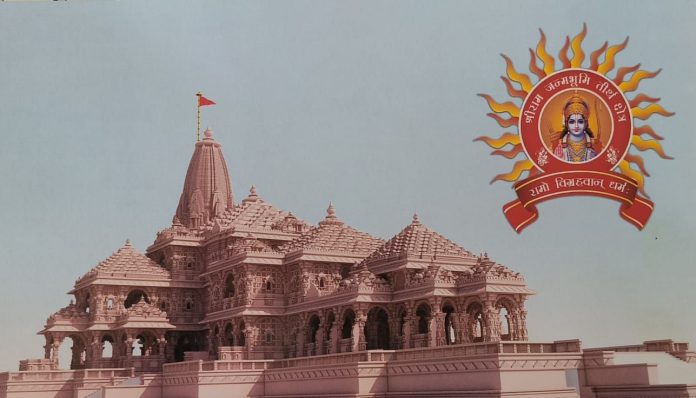AYODHYA, Jan 22 (The CONNECT) – Shri Ram Mandir construction has been technically assisted by at least four leading National Institutes of CSIR (Council of Scientific & Industrial Research) and DST (Department of Science & Technology) under Ministry of Science & Technology, in addition to certain inputs from other institutions like IITs as well as ISRO (Indian Space Research Organisation).
the four institutes which made a significant contribution include CSIR -Central Building Research Institute (CBRI) Roorkee; CSIR – National Geophysical Research Institute (NGRI) Hyderabad; DST – Indian Institute of Astrophysics (IIA) Bengaluru and CSIR-Institute of Himalayan Bioresource Technology (IHBT) Palampur (HP).
Union Minister of State (Independent Charge) Science & Technology Dr Jitendra Singh said CSIR-CBRI Roorkee has majorly contributed towards Ram Temple construction,
CSIR-NGRI Hyderabad gave significant inputs on foundation design and seismic safety.
DST-IIA Bengaluru provided technical support on Sun’s path for Surya Tilak and CSIR-IHBT Palampur has made tulips bloom for the divine Ram Mandir Pran Pratishtha ceremony in Ayodhya.
The main temple building, which is 360 ft long, 235 ft wide and 161 ft high, is made of sandstone quarried from Bansi Pahadpur, Rajasthan. Cement or iron and steel is not used anywhere in its construction. The Structural Design of the 3-storey temple is designed earthquake resilient and can withstand strong tremors of magnitude 8 on the Richter scale for as long as 2,500 years, Dr Jitendra Singh said,.
CSIR-CBRI Roorkee has been involved in the construction of Ram Mandir since early stages. The Institute has contributed towards Structural Design of the main temple, designing Surya Tilak mechanism, design vetting of temple foundation, and Structural Health Monitoring of main temple, he said.
Dr Jitendra Singh said, besides CBRI, the CSIR-NGRI Hyderabad also gave significant inputs on foundation design and seismic/ earthquake safety.
Some IITs were also part of expert advisory committee and even Space technologies from ISRO have been used in the construction of the grandiose structure, he said.
A unique feature of the Ram Temple, said Dr Jitendra Singh, is the Surya Tilak mechanism, designed in such a way that the Sun rays will fall on the forehead of Lord Ram’s Idol at 12 noon on Sriram Navami day every year for about 6 minutes.
Ram Navami, celebrated on the ninth day of the first month of the Hindu calendar, which is usually in March-April, marks the birthday of Lord Rama, the seventh incarnation of Lord Vishnu, he said.
The Science & Technology Minister said, Indian Institute of Astrophysics Bengaluru provided technical support on Sun’s path and Optica, Bangalore is involved in manufacturing of the lenses and brass tubes.
Gear box and reflective mirrors and lenses have been arranged such that sun rays from third floor near shikara will be brought to Garbha Griha using well known principles of tracking Sun’s path, he said.




